The states of Washington, Oregon, and Idaho are working with the Center for Produce Safety to fund research that will help Pacific Northwest growers comply with new federal food safety regulations.
The U.S. Food and Drug Administration is implementing the Food Safety Modernization Act of 2011 and will issue standards governing how produce is grown, harvested, packed, and stored.
The FDA accepted comments on its proposed regulations until mid-November, and is then expected to take a year to a year and a half to review the comments before issuing the final regulations, according to Debbie Carter, technical issues manager with the Northwest Horticultural Council.
The Pacific Northwest Food Safety Research Committee, formed six years ago, has been identifying research that needs to be done to help the industry have a better understanding of what the food safety problems might be relating to tree fruits.
For the past three years, the committee has worked with the Center for Produce Safety in Davis, California, which has access to a network of researchers working in food safety and has the expertise to screen proposals and identify which projects merit funding. Four projects have been funded so far.
Part of the funding for food safety research has been obtained through the Specialty Crop Block Grant Program. Each state receives a block of money from the federal government to allocate, on a competitive basis, to specialty crop projects within its state. The Washington Tree Fruit Research Commission and the CPS itself can also help fund projects without the limitations that sometimes apply to government funds.
Last year, the committee decided it would be more efficient and effective to work on a regional basis. The departments of agriculture in Washington, Oregon, and Idaho, which administer the specialty crop block grants, agreed to share the funding of food safety research that would be applicable to all three states in order to cut costs and avoid duplication.
Water
Of the FDA’s many proposed regulations, those relating to water are of particular concern to Pacific Northwest orchardists. For example, if significant runoff is likely to drain into the water source, and the water contacts the edible portion of the cropas in evaporative coolingthen the grower will need to test the water at least every seven days during the growing season.
Research is needed on the survival rate of pathogens in the field in Northwest conditions. What’s the risk of irrigation water contacting fruit on the tree? At what point is the microbial load in irrigation water too high to be reduced to below the FDA threshold by general warehouse practices? What would be the economic impact on the industry of not being able to use overhead cooling on apples in hot weather?
Research is also needed to look at the effects of various packing house control processes, such as antimicrobials in the dump tank, soap, brushes, rinsing, heat, and wax. What risk mitigation practices can be used to improve food safety? Do control or sanitation measures work?
Can a drench with the antioxidant DPA (diphenylamine) for scald control lead to cross contamination of fruit? Does the pathogen concentration increase over time? What monitoring or mitigation practices could be used?
Proposals
Last year, CPS sent out a nationwide request for proposals to address some of these issues to 250 scientists who work on food safety research. It received three proposals, none of which addressed the questions satisfactorily, so they were not funded.
Carter said there’s never been a food safety incident relating to fresh, whole tree fruits, and researchers might be more focused on crops with higher visibility that have had real food safety issues, such as leafy greens, cantaloupe, and mango. But as the industry comes under the new food safety regulations, producers need research behind them.
“We’re hoping that we’ll have more people applying this year because we’ve been convincing more people this is a very worthwhile endeavor,” she said.
Bonnie Fernandez-Fenaroli, executive director of the CPS, said the center will put out a call for research proposals on January 15, 2014, and is trying to alert as many scientists as possible beforehand about the opportunity. Proposals are due by March 14.
“It’s a matter of getting our industry colleagues to reach out to the scientists they know and trying to get the academic community more aware,” Fenaroli said. “Sometimes, the issue that’s in crisis or the commodity that’s in crisis does get the attention, but there’s a lot of interest by commodity groups and regional groups to be proactive to reduce the risk of having these issues.”
Scientists might not be aware that as well as providing funding, the center and its partners can offer additional resources, such as access to facilities and farms to conduct the studies, she said.
Research is already under way looking at potential contamination in the warehouse. Relating to a proposed FDA requirement that any surface that comes into contact with fruit will need to be sterilized, a study by Dr. Karen Killinger, extension food safety specialist at Washington State University, aims to determine if bins need to be sanitized, and if so, how.
“We have seven million bins in the industry,” Carter said. “How are we going to sample them and determine if we’re going to have contamination? Do we really have a problem or is it not an issue if we have mitigation steps in the packing house?”
Armed with the answers to these questions, growers might be able to use alternatives to the practices in the FDA regulations. Or, state or regional entities might apply to the FDA for variances on behalf of their industries.
Minimize costs
Dr. Ines Hanrahan, project manager with the Washington Tree Fruit Research Commission, who is collaborating with WSU researchers, said the objective is to minimize the cost to entities within the tree fruit industry of complying with food safety regulations that might not be necessary.
“While we all agree we want to keep our food supply as safe as possible, we don’t want to have our growers, for example, start chlorinating water in the field just because it would make it more safe, if it’s a procedure that’s not necessary,” she said.
“The goal is to examine how can we have a safe product and optimize the process to make it even safer while minimizing the cost to the grower.” •

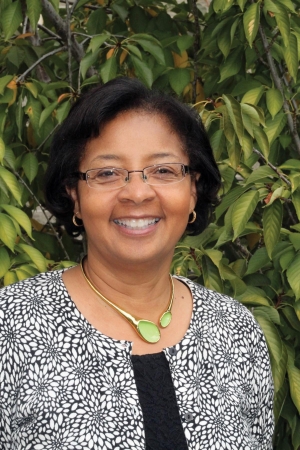

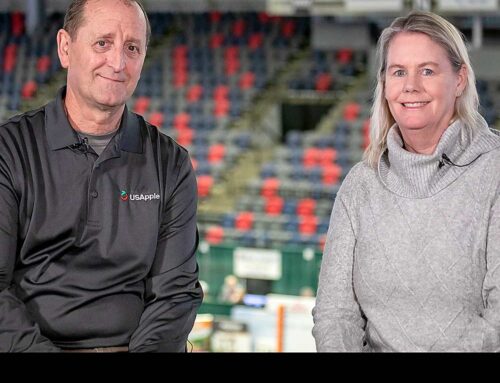
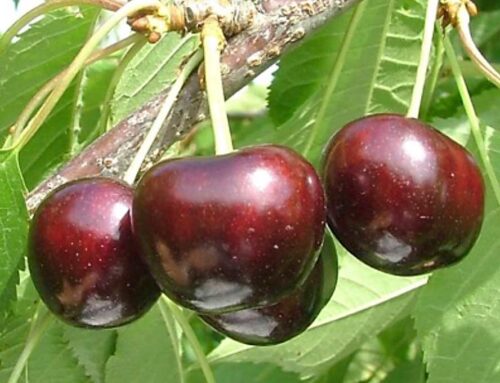
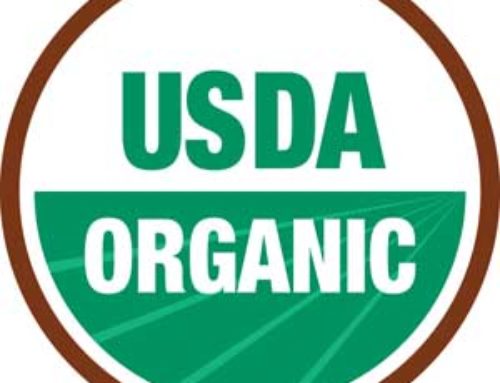
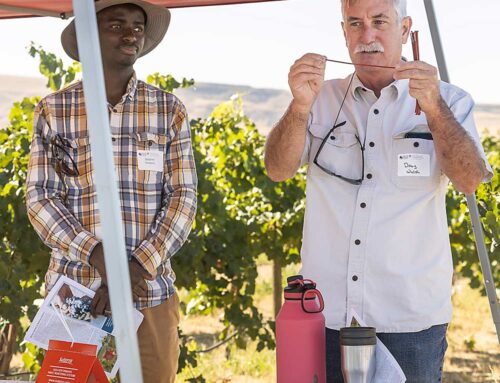
Leave A Comment